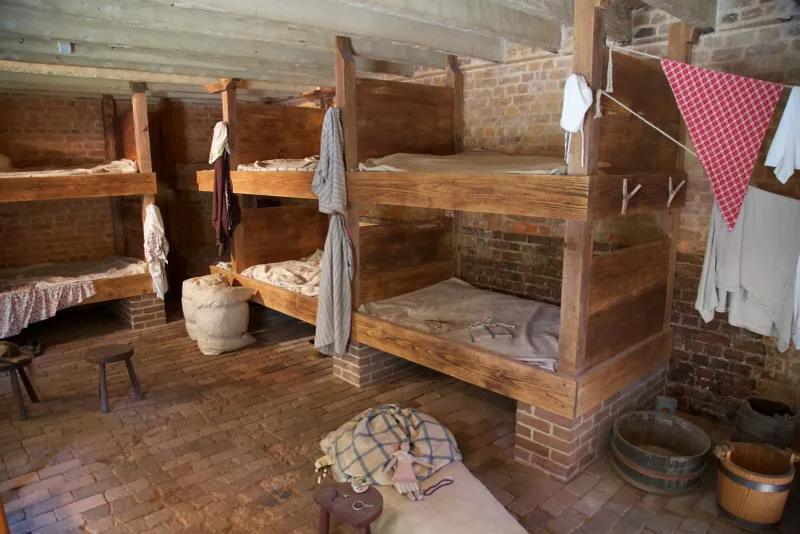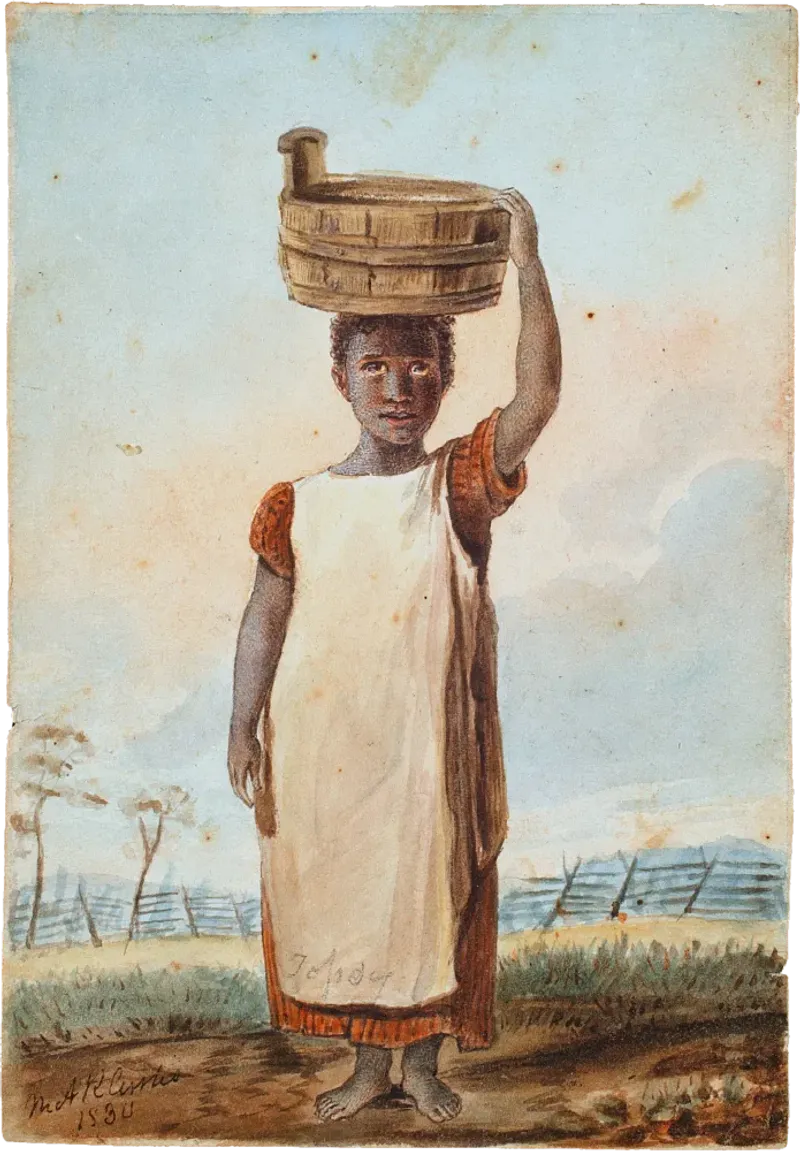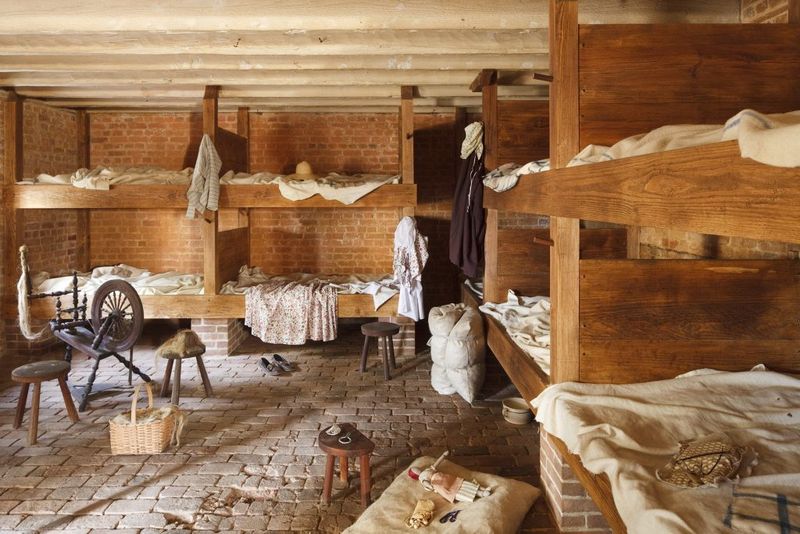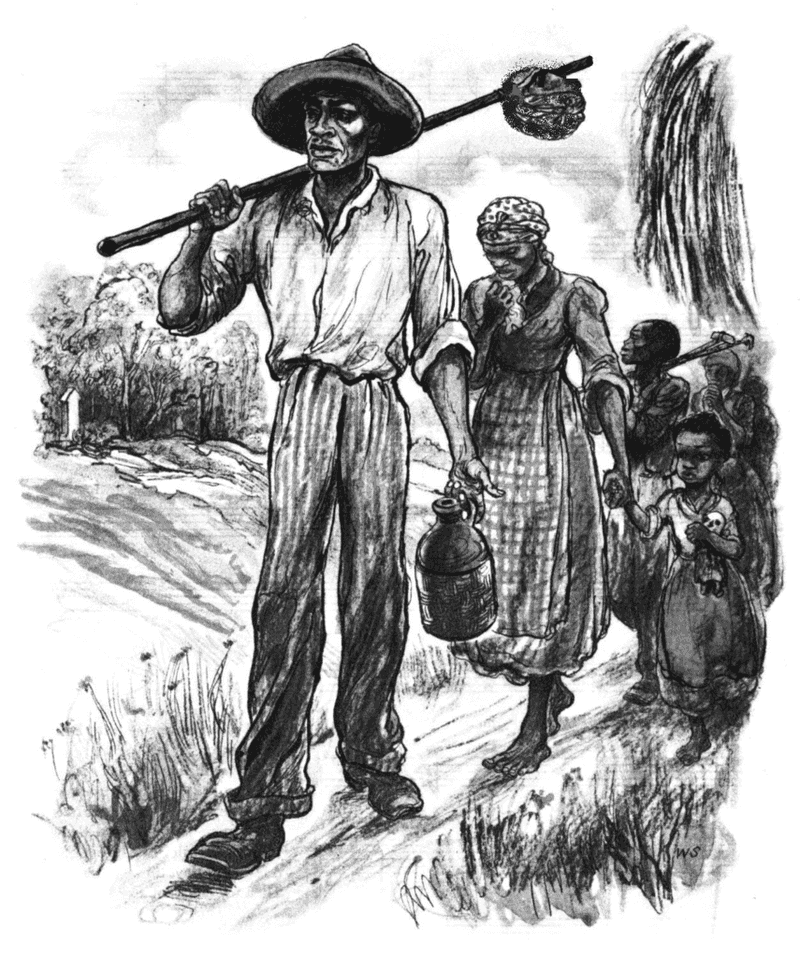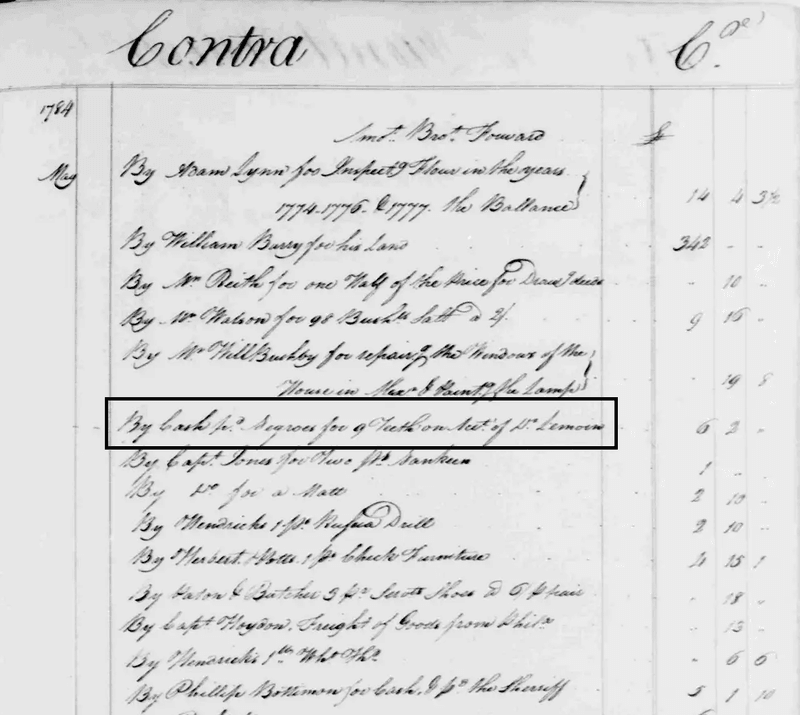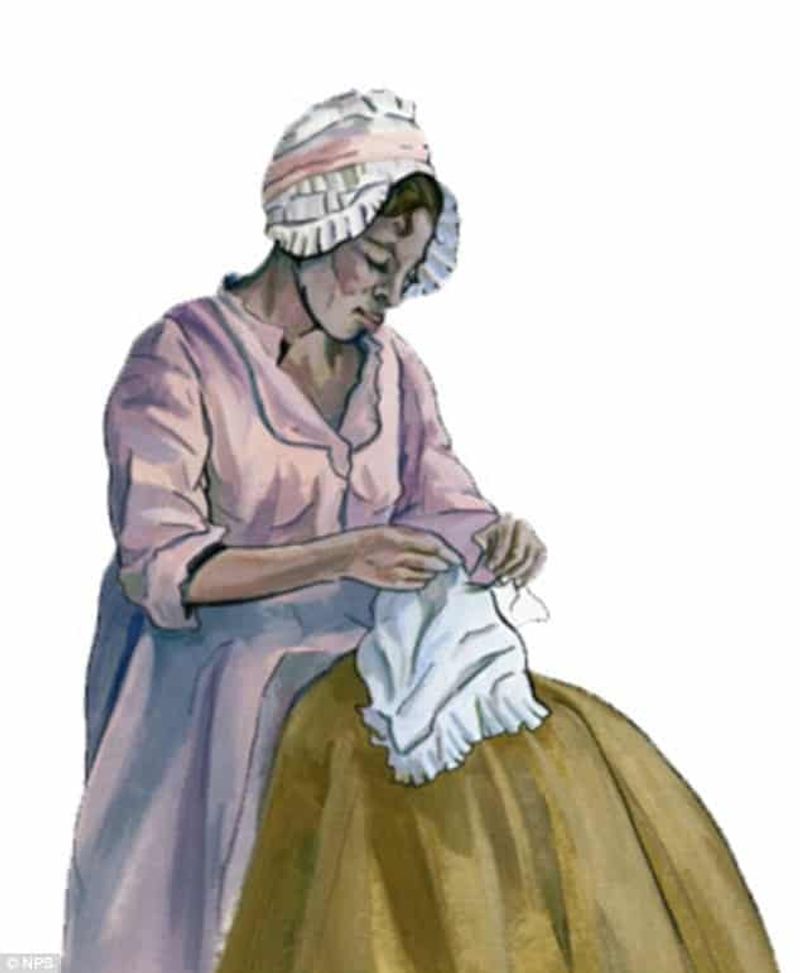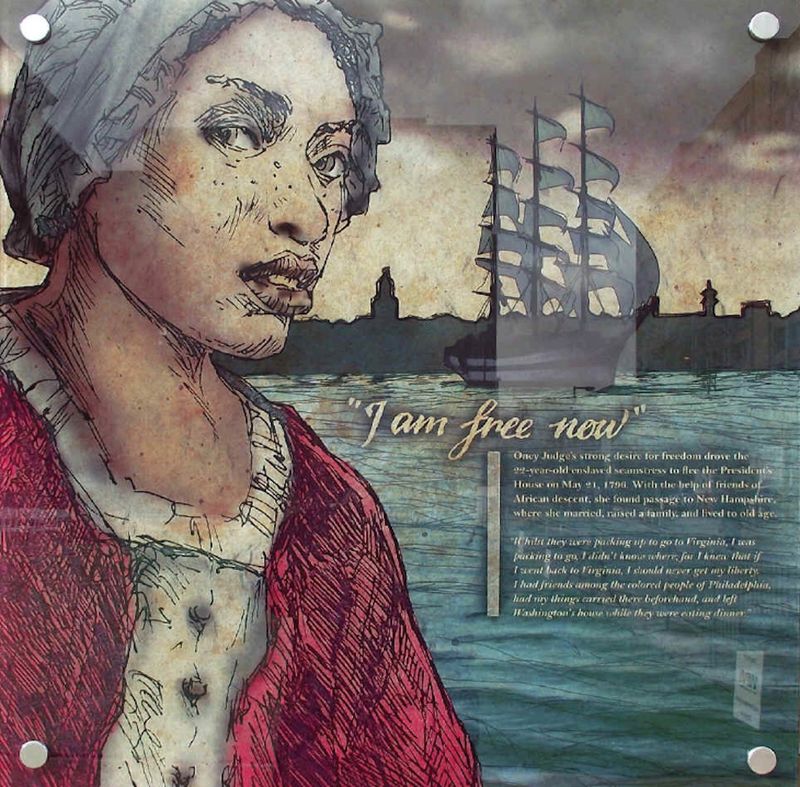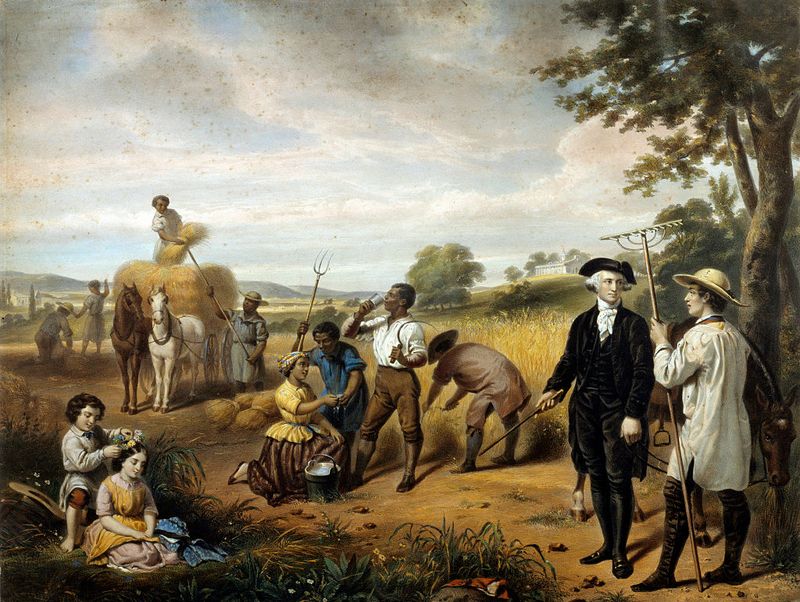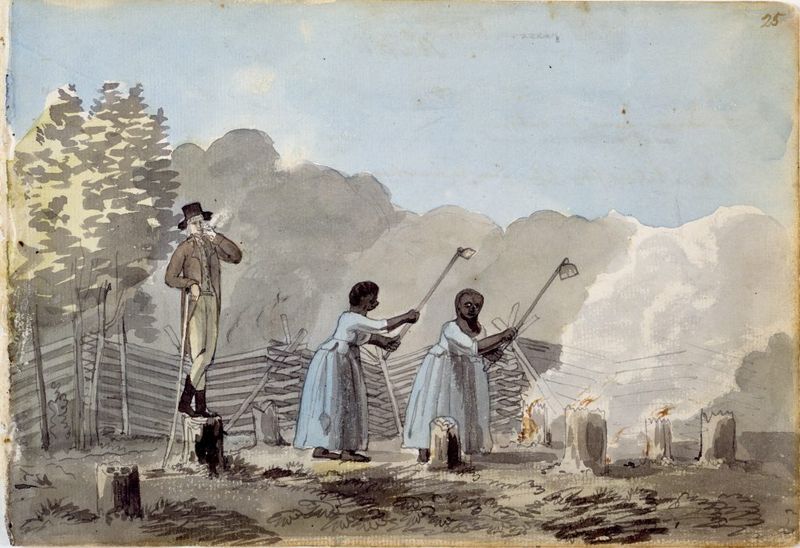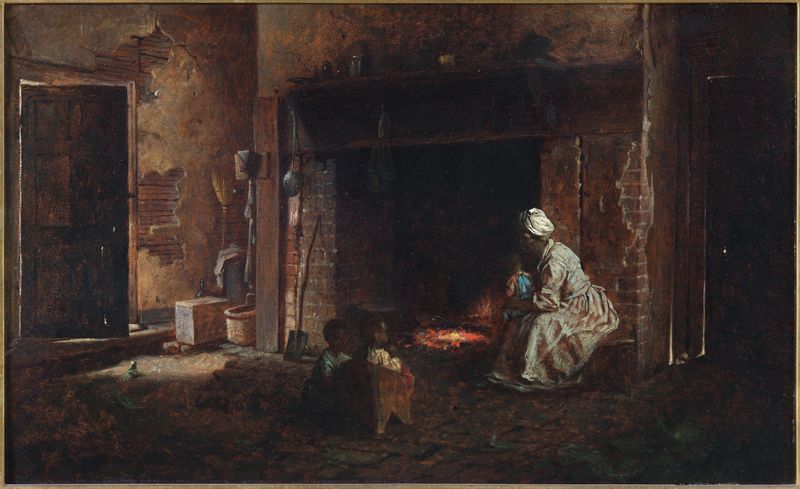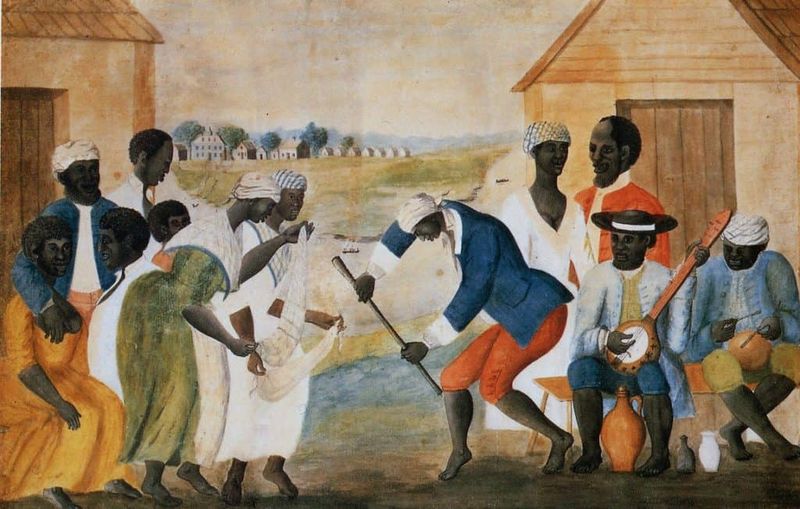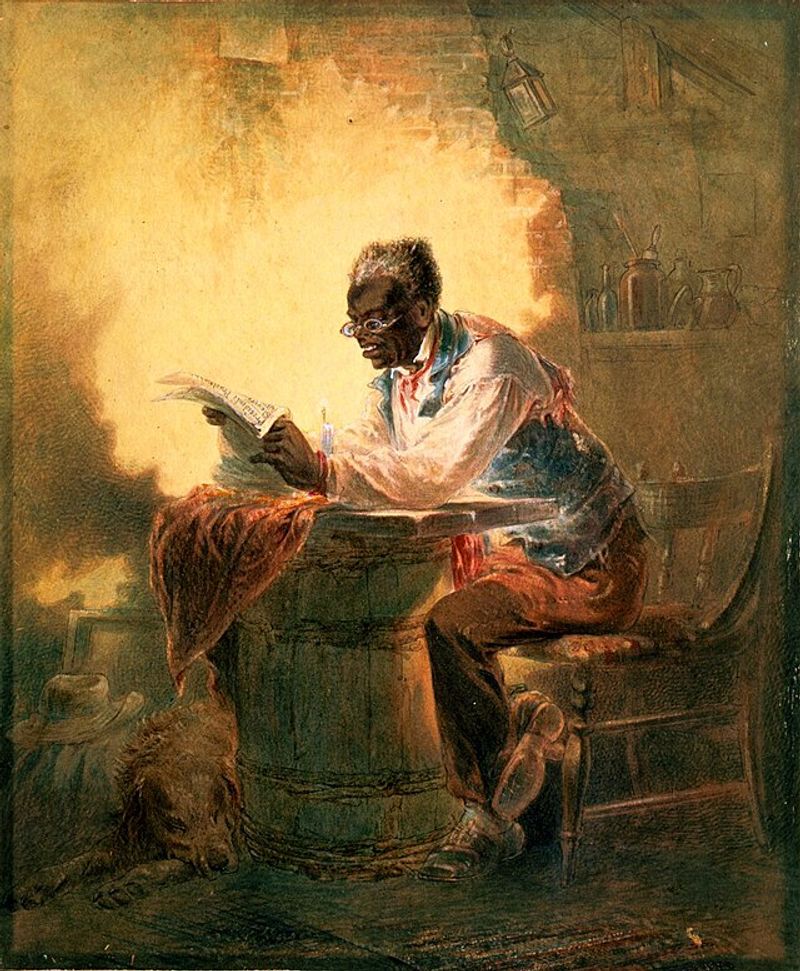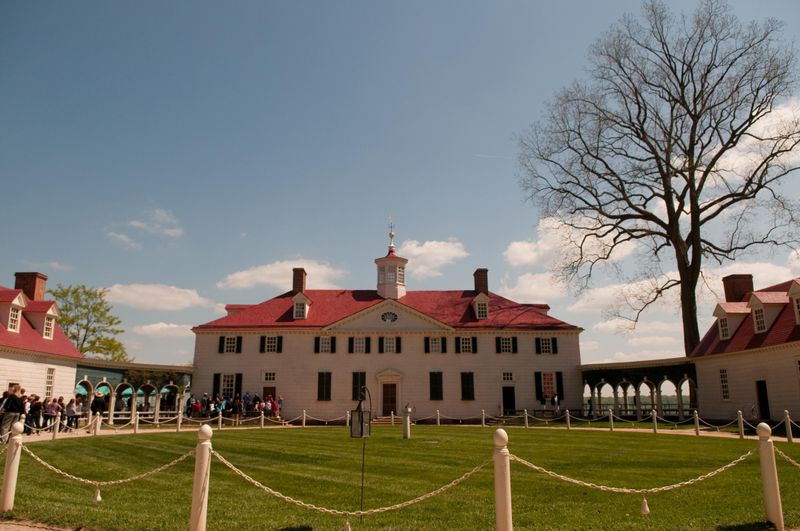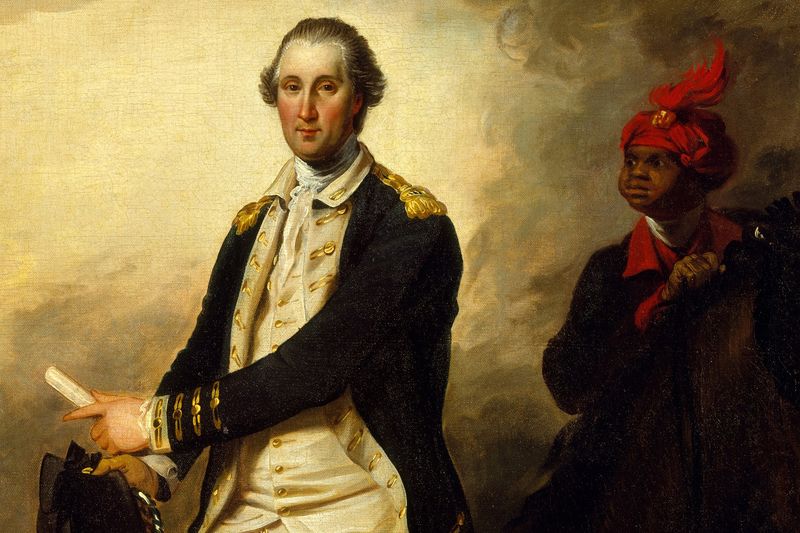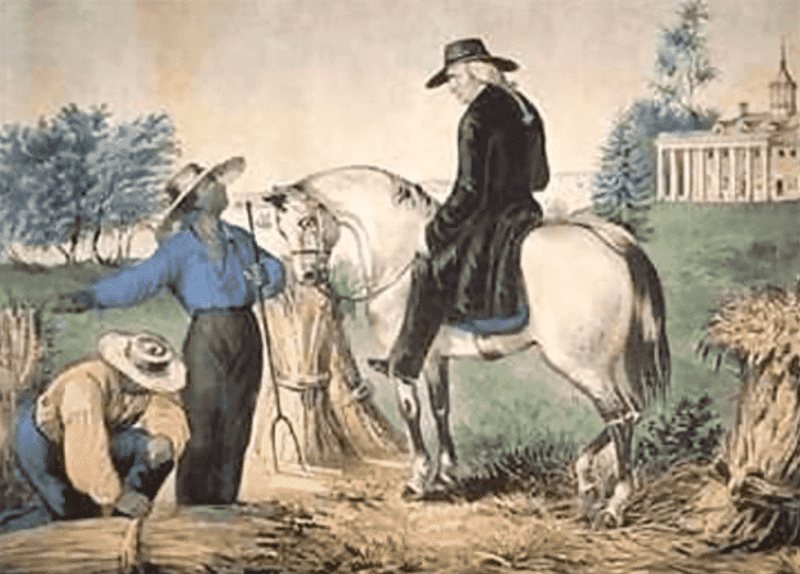George Washington is often remembered as the father of the United States—but behind the stately facade of Mount Vernon lies a harsher reality. His estate depended on the forced labor of hundreds of enslaved men, women, and children. These are the brutal truths of life in bondage under America’s first president.
1. Washington Owned Over 300 Slaves at Mount Vernon by the End of His Life
At the height of his life, George Washington’s Mount Vernon was home to over 300 enslaved individuals. This number reflects not just those he personally owned, but also those belonging to the Custis estate, inherited through his wife Martha.
The estate’s dependence on slavery was undeniable, with enslaved individuals performing a myriad of tasks, from labor in the fields to roles within the household. Their forced labor contributed significantly to Mount Vernon’s prosperity.
Despite his progressive actions later in life, Washington’s legacy remains intertwined with the oppressive institution of slavery. How can we reconcile this?
2. Children Were Born Into Slavery on the Estate
The brutal reality of slavery at Mount Vernon started from birth. Children born to enslaved mothers automatically became the property of the estate, continuing the cycle of bondage from generation to generation.
These young lives were marked by a future predetermined by their birth status, with little hope of freedom. Born into a life of servitude, they grew up facing the same harsh conditions as their parents.
This generational slavery highlights the systemic nature of the institution, perpetuating the cycle of human ownership with each new birth. Did these children ever dream of freedom?
3. Families Were Often Separated
Family ties at Mount Vernon were fragile, often shattered by the whims of estate needs or the realities of inheritance. Enslaved families lived under constant threat of separation, whether through estate divisions or the necessity to move laborers between the estate’s farms.
For many, this fear was realized, tearing loved ones apart and scattering them across the region. Such separations were not just physical but emotional, leaving scars on those who remained.
How did they cope with this perpetual fear and loss? The separation of enslaved families remains one of the most devastating aspects of slavery’s legacy.
4. Slaves Worked from Sunrise to Sunset—Every Day
Life for the enslaved at Mount Vernon was defined by grueling work hours. From the first light of dawn until the sun dipped below the horizon, enslaved individuals toiled relentlessly.
There was no respite from the labor, no weekends or holidays to rest. Even during Christmas, a time typically associated with celebration, many found themselves working.
The relentless schedule underscored the harshness of their existence, where each day blurred into the next, defined by endless toil. How did they endure such relentless demands? Their resilience in the face of such adversity is a testament to their strength.
5. Mount Vernon Had Its Own “Punishment Log”
Mount Vernon’s overseers maintained meticulous punishment logs, detailing the measures taken against those who dared defy or disobey.
Authorized by Washington himself, these logs record whippings and other punitive actions intended to maintain control and compliance.
Such records dehumanize the individuals involved, reducing their pain and suffering to mere entries on a page. What impact did this have on their spirits? These logs serve as a stark reminder of the brutality that underpinned the daily life of the enslaved at Mount Vernon.
6. Skilled Labor Didn’t Guarantee Better Treatment
At Mount Vernon, some enslaved individuals held specialized roles, such as blacksmiths, carpenters, or seamstresses. Despite their skills, these positions did not shield them from the harsh realities of enslavement.
Surveillance, hard labor, and the threat of punishment were constants, regardless of one’s role. Their expertise was exploited, adding value to the estate without providing any personal benefit or recognition.
How did they maintain pride in their work under such conditions? The skilled laborers’ stories reflect a complex intersection of talent and exploitation.
7. Escape Attempts Were Common—but Dangerous
For many enslaved individuals at Mount Vernon, the hope of escape was a powerful motivator. Yet, the journey to freedom was fraught with peril.
Famous attempts, like that of Ona Judge, highlight the risks involved. Judge successfully fled to New Hampshire, eluding Washington’s efforts to recapture her.
These stories of escape illustrate the desperation and courage of those who sought freedom, despite the potential for severe punishment if caught. What drove them to take such risks, and what did freedom mean to them? Their bravery remains an inspiring testament to the human spirit.
8. Washington Secretly Circumvented Pennsylvania’s Abolition Law
While residing in Philadelphia, Washington found himself in a city moving towards abolition. To circumvent the law that would free enslaved individuals after six months, he rotated slaves in and out of the city.
This maneuver allowed him to retain their labor while appearing compliant with local laws.
His actions reflect the complex and often contradictory nature of his relationship with slavery, balancing moral conflict with personal interest. How did this shape public perception of Washington at the time? This aspect of his life reveals the challenges of reconciling personal beliefs with societal norms.
9. Enslaved People Were Tracked Like Inventory
At Mount Vernon, enslaved individuals were meticulously documented, tracked with the same precision as livestock or assets. Detailed records were kept, noting names, ages, clothing, and work assignments.
This systematic documentation reduced human lives to mere entries, stripping away individuality and humanity in favor of control and organization.
Such records provide insight into the dehumanizing nature of slavery, where people were valued not for their individuality but for their utility. How did this affect their sense of identity and self-worth? The legacy of these records continues to resonate as a stark reminder of slavery’s brutality.
10. Elderly Slaves Were Often Left to Fend for Themselves
As age or illness rendered them unable to work, elderly enslaved individuals often faced neglect at Mount Vernon. Minimal rations and poor shelter were their grim reality, isolated from family and freedom.
Their worth to the estate diminished, they struggled to survive with little support or care. These conditions highlight the harshness of a system that valued individuals solely for their labor potential.
What reflections did they have as they faced such abandonment? Their stories underscore the cruel indifference of slavery, which discarded human beings when they were deemed no longer useful.
11. Women Bore the Double Burden of Labor and Abuse
Enslaved women at Mount Vernon faced the harsh reality of dual burdens. Their roles spanned from grueling fieldwork to domestic duties, yet these responsibilities were not their only trials.
They were vulnerable to sexual exploitation by overseers, and often forced into childbearing to increase the labor force.
This exploitation compounded their suffering, as they navigated a life filled with labor, abuse, and little hope for change. How did they find the strength to endure these conditions? The resilience of enslaved women remains a poignant testament to their unyielding spirit.
12. Runaways Faced Harsh Reprisals
For those who dared to flee Mount Vernon, capture often led to severe reprisals. Enslaved individuals who were caught faced brutal punishments, such as whippings, shackles, or being sold to the harsh Caribbean plantations.
This threat of harsh consequences was designed to deter others from attempting escape, reinforcing the oppressive system.
How did the fear of such reprisals impact their daily lives? The stories of runaways and their punishment provide a vivid glimpse into the lengths to which enslaved individuals would go in pursuit of freedom, despite the risks.
13. Food Was Meager and Often Unhealthy
At Mount Vernon, the daily diet for enslaved individuals was meager and often lacked nutrition. Meals typically consisted of cornmeal, salted herring, and occasionally home-grown vegetables.
Meat was a rarity, and hunger was a common companion. These inadequate rations reflected their low priority on the estate, where sustenance was minimal and often insufficient.
How did they manage to sustain themselves and their families on such meager provisions? The struggle for adequate nutrition highlights the systemic neglect and dehumanization inherent in the institution of slavery.
14. Education Was Strictly Forbidden
In the world of Mount Vernon, education for enslaved individuals was not just discouraged; it was strictly forbidden. The denial of literacy was a tool of control, maintaining ignorance to prevent rebellion and preserve the status quo.
Access to books or writing was limited, keeping the enslaved population uneducated and dependent. This deprivation of knowledge further dehumanized them, stripping away potential pathways to freedom and autonomy.
What dreams and ambitions were stifled by this lack of education? The prohibition of learning remains a potent symbol of the restrictions faced by enslaved individuals.
15. The Mount Vernon Mansion Was Built by Slave Labor
The iconic grandeur of Mount Vernon’s mansion is a stark reminder of the labor that built it. Enslaved hands laid the bricks, carved the woodwork, and maintained its pristine appearance, while receiving no recognition or reward.
Their craftsmanship and hard work were the foundation of the estate’s opulence, yet their contributions remain largely unacknowledged.
How did they reconcile their pride in craftsmanship with the exploitation they endured? The mansion stands as a testament to their skills, silently echoing the stories of those who built it under duress and without choice.
16. Freedom Was Rare—and Usually Conditional
In his will, George Washington made provisions for freeing some of his slaves, but only after Martha Washington’s death. Even then, the liberation applied solely to those he personally owned, leaving the Custis estate slaves in bondage.
Freedom, therefore, was rare and fraught with conditions, illustrating the complexities of the promise of liberation.
How did these conditions affect the enslaved people’s view of Washington’s legacy? This selective freedom highlights the limitations and contradictions inherent in the attitudes towards emancipation during the era.
17. Many Were Never Freed
Despite provisions for emancipation in Washington’s will, many of the enslaved people at Mount Vernon were never freed. Those associated with the Custis estate remained in bondage, passed down like property to heirs.
This continuation of slavery underscores the enduring legacy of human ownership and the resistance to change.
What emotions did these individuals experience knowing their fate was sealed even after Washington’s passing? The reality that many remained in bondage highlights the entrenched nature of slavery and the slow journey towards liberation.

